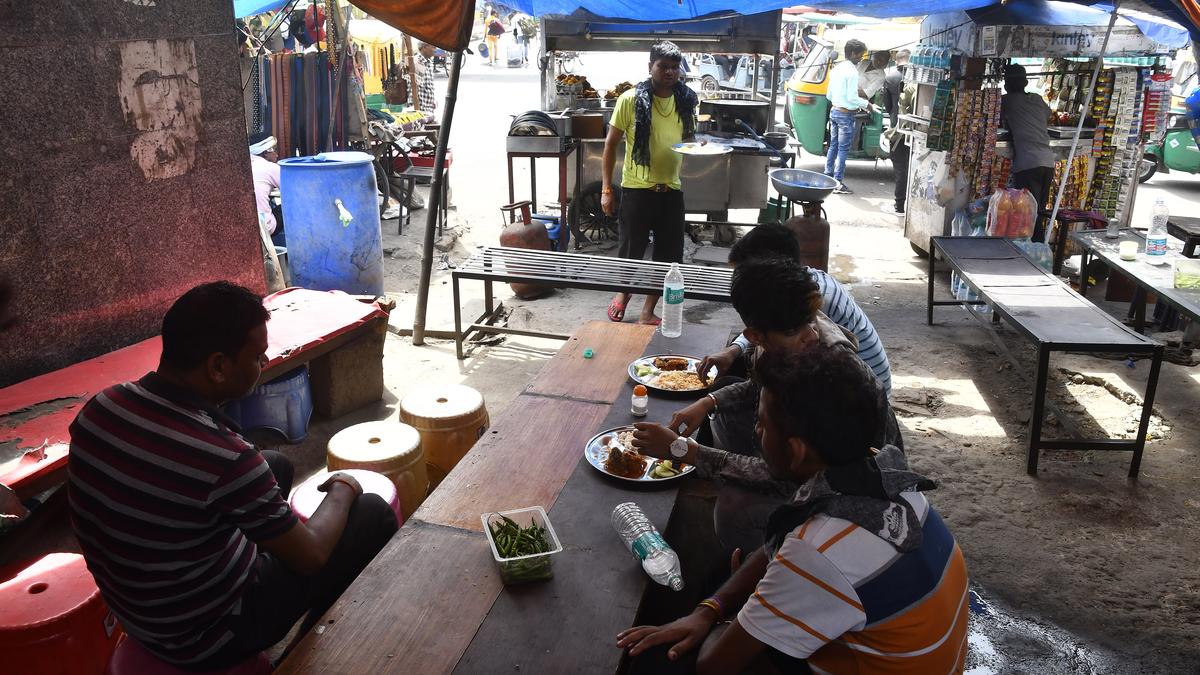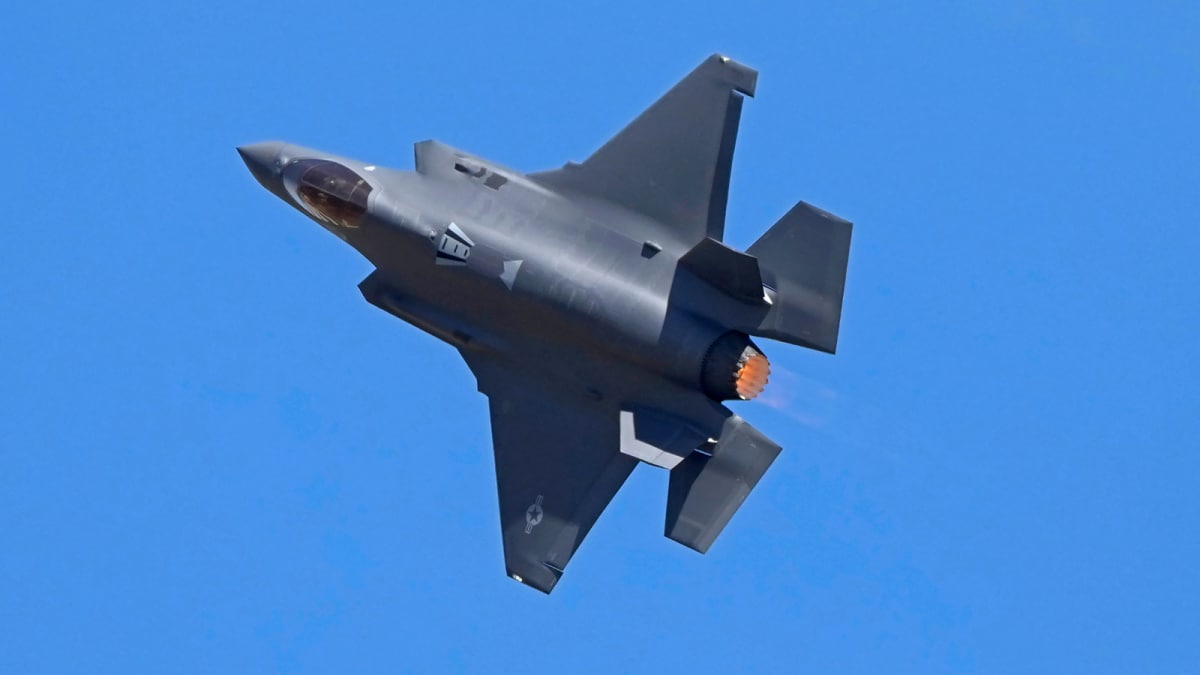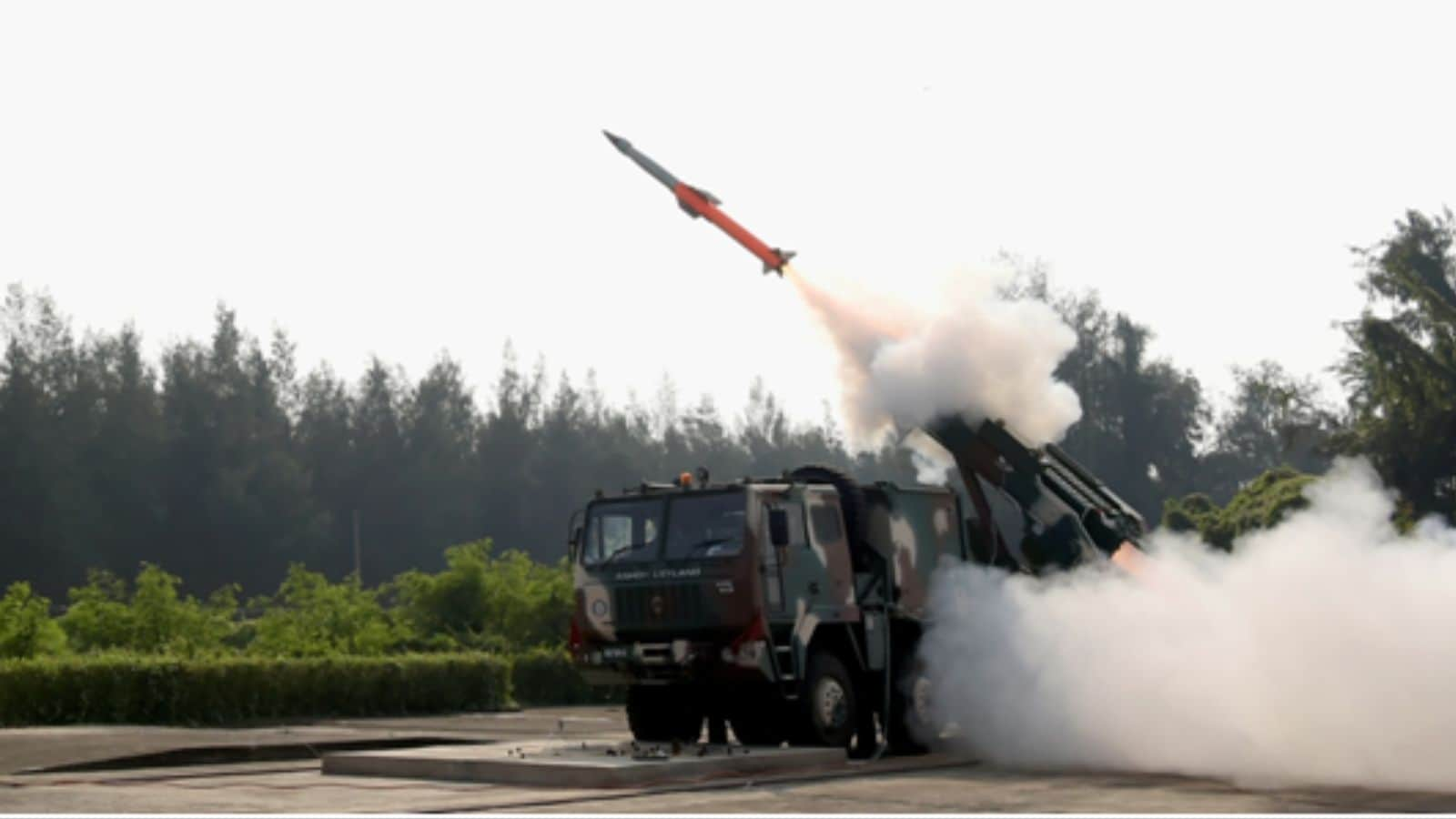ARTICLE AD BOX
Last Updated:July 31, 2025, 15:35 IST
The verdict has created a peculiar outcome: there was a blast, there were deaths, and there was a motorcycle with explosives—but the court has no one to hold responsible for it

Forensic experts search for clues at the blast site in Malegaon in 2008.

The verdict does more than exonerate individuals. It symbolically pulls the curtain on what was widely termed as “saffron terror"—a phrase that had triggered political storms, institutional conflict, and media debates for over a decade. However, in its attempt to bring legal finality, the judgment also renews a crucial question: Will the real perpetrators of the Malegaon blast ever be found?
The Blast That Changed India’s Terror Narrative
On the evening of September 29, 2008, a powerful explosion ripped through the Bhikku Chowk area of Malegaon, a town with a history of communal tension. The blast, caused by a bomb planted on a motorcycle, killed six people and injured 101 others. The timing was crucial — it came just days after the Batla House encounter and amidst growing concern about domestic terrorism. But unlike previous attacks, where the blame often fell on Islamist terror groups, this case took a stunning turn.
In a historic move, the Anti-Terrorism Squad (ATS) led by then Maharashtra ATS chief Hemant Karkare arrested individuals linked to radical Hindu outfits. Among them were Pragya Singh Thakur (former BJP MP from Bhopal), Lt Col Prasad Purohit, and Swami Dayanand. The arrests were unprecedented—marking the first time the Indian State acknowledged the existence of Hindu extremist terror modules. The phrase “saffron terror" entered the public discourse, prompting a firestorm of political and ideological debate.
The Trial, Politics & Shifting Narrative
From the outset, the Malegaon case was a complex interplay of legal, political, and ideological battles. The National Investigation Agency (NIA), which took over the case in 2011, eventually diluted many of the charges. By 2016, under the BJP-led NDA government, the NIA chose not to oppose bail pleas of key accused, including Pragya Thakur and Purohit. The charges under the stringent Maharashtra Control of Organised Crime Act (MCOCA) were dropped. Public prosecutors changed, witnesses turned hostile—over 34 out of 323—and the tone of the investigation began to shift.
Many observers felt the case was being politically softened. This was evident when Pragya Thakur was given a Lok Sabha ticket by the BJP in 2019 and won from Bhopal. Her victory speech included a controversial reference to Hemant Karkare, the officer who had arrested her and later died in the 26/11 Mumbai attacks. That the government made no effort to distance itself from her remarks spoke volumes.
The verdict delivered by a Special NIA Court on Thursday acquitted all seven accused citing lack of evidence. The judgment notes that the prosecution failed to prove that the motorcycle belonged to Pragya or that Purohit supplied the explosives. The court added, “Suspicion, however strong, cannot take the place of proof."
Legally, it is a clean acquittal. Politically, it’s a full stop to the “saffron terror" narrative. But for victims and civil society, it is a continuation of unanswered pain.
What Happens When a Case Ends, But Justice Remains Elusive?
The Malegaon verdict has created a peculiar judicial outcome: there was a blast, there were deaths, and there was a motorcycle with explosive material — but the court has no one to hold responsible for it. This presents a dangerous vacuum. When a terror case ends without conviction, it not only denies justice to the victims but also weakens public trust in the legal process. The deeper concern is that the country may have given up on finding the real culprits.
It cannot simply be a matter of vindication for ideological purposes. If the state had once arrested innocent people—which the verdict now implies—then someone must be held accountable for falsely implicating them. If the case was botched or manipulated, action must be taken against erring investigators or officials. A judicial inquiry into the investigative lapses may be necessary.
The Victims’ Voice: Forgotten in the Noise
Lost in the political and legal discourse are the voices of the actual victims. The families of those who died in the 2008 blast have been largely invisible from public view. Their wait for justice has spanned 16 years, across three governments, two investigative agencies, and now a courtroom verdict that gives no answers. Some of them have said, “We have not got justice, we have only got a verdict." That statement reflects the helplessness of many ordinary Indians caught in the crossfire of power politics, communal polarisation, and judicial delays. For these families, it was never about which religion the accused belonged to—it was about finding out who killed their loved ones. Their grief remains, now without even the hope of legal closure.
The End of “Saffron Terror"?
The term “saffron terror" was always controversial — seen by some as a genuine attempt to describe a new wave of extremism, and by others as a politically motivated label. With the Malegaon acquittals, the narrative, for all practical purposes, stands dismantled.
But does that mean such threats never existed?
Between 2006 and 2008, there were a string of blasts — Malegaon (2006), Ajmer Sharif (2007), Mecca Masjid (2007), and Samjhauta Express (2007). Accused in these cases included individuals with links to radical Hindu groups. The investigations in many of these cases collapsed or ended in acquittals. In the end, whether one calls it “saffron terror" or not, India’s institutions must be honest enough to investigate every ideology of violence with equal seriousness — be it Islamist, Leftist, or Hindutva-inspired. Selective justice weakens democracy.
The Verdict Is Out, But Accountability Is Not
The Malegaon verdict may legally close one of India’s most controversial terror cases, but it opens a more profound and long-lasting challenge — the need for accountability. If those who were blamed are not guilty, then the real attackers are still free. A fair, non-partisan reinvestigation — or at the very least, a judicial commission — could help restore some public trust. Because in the end, a terror case without a culprit is not just a legal failure — it’s a national tragedy.
Mayuresh Ganapatye, News Editor at News18.com, writes on politics and civic issues, as well as human interests stories. He has been covering Maharashtra and Goa for more than a decade. Follow him at @mayuganapa...Read More
Mayuresh Ganapatye, News Editor at News18.com, writes on politics and civic issues, as well as human interests stories. He has been covering Maharashtra and Goa for more than a decade. Follow him at @mayuganapa...
Read More
- Location :
Malegaon, India, India
- First Published:
News india Malegaon Blast 2008: A Verdict That Closes One Chapter, But Opens Many Others
Disclaimer: Comments reflect users’ views, not News18’s. Please keep discussions respectful and constructive. Abusive, defamatory, or illegal comments will be removed. News18 may disable any comment at its discretion. By posting, you agree to our Terms of Use and Privacy Policy.
Read More



.png)
.png)
.png)
















 1 day ago
9
1 day ago
9










 English (US) ·
English (US) ·